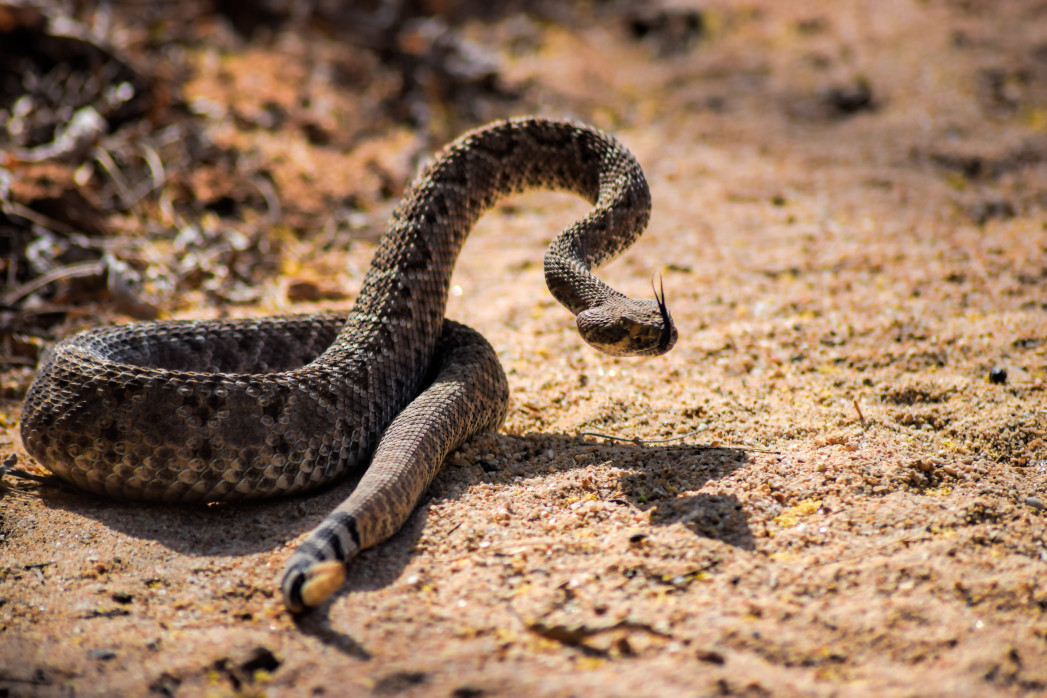Information you should know

North Carolina is home to many varieties of snakes, some of which are venomous and pose a threat to humans. Six species are considered venomous in the state. Those include the copperhead, cottonmouth, timber rattlesnake, pigmy rattlesnake, eastern diamond back rattlesnake and eastern coral snake. Along with these, there are 31 non-venomous snakes in the state. The copperhead snake is considered the most dangerous as it is the one that humans are most likely to come across in nature.
A family in North Carolina got a surprise as they were trying to bake a pizza in the oven recently. There was a snake in their oven that got cooked along with the pizza. It measured about 18-inches long and they are unsure how it gained access inside. Snakes can get into homes in various different ways, so it is important to periodically check the perimeter of your home for any cracks, open vents or holes.
For more tips on snake removal, visit Triangle Wildlife Removal & Pest Control, Inc.
The venomous snakes in North Carolina
There are six species of venomous snakes live in North Carolina: copperhead, cottonmouth, timber rattlesnake, pigmy rattlesnake, eastern diamondback rattlesnake and eastern coral snake. There are also 31 non-venomous species in the Tar Heel state.
According to the North Carolina Museum of Natural Sciences, the copperhead can be considered the most dangerous in North Carolina because they can be found in many areas of the state — the only one a person is likely to encounter. Learn more
Summary: North Carolina is home to many varieties of snakes, some of which are venomous and pose a threat to humans. Six species are considered venomous in the state.
North Carolina family baking frozen pizza finds cooked reptile
A snake ruined a North Carolina family’s plans to have an “easy dinner” Monday night.
Amber Helm said she and her husband Robert had preheated the oven in their Wake Forest home and popped in a frozen pizza.
After about 10 minutes, Helm said the oven started smoking and smelling terrible. Read more
Summary: A family in North Carolina got a surprise as they were trying to bake a pizza in the oven recently. There was a snake in their oven that got cooked along with the pizza.
Snake in the oven: North Carolina family baking frozen pizza finds cooked reptilehttps://t.co/chzk8Dhfgd
— Tess Zee 2015 (@TessZee2015) January 2, 2020
